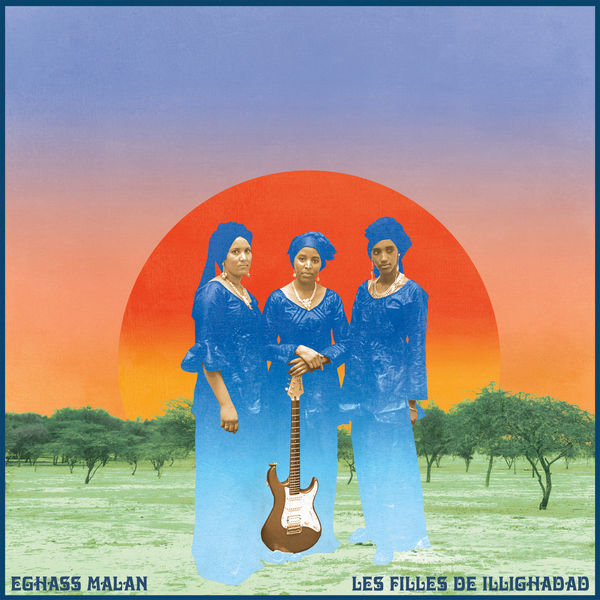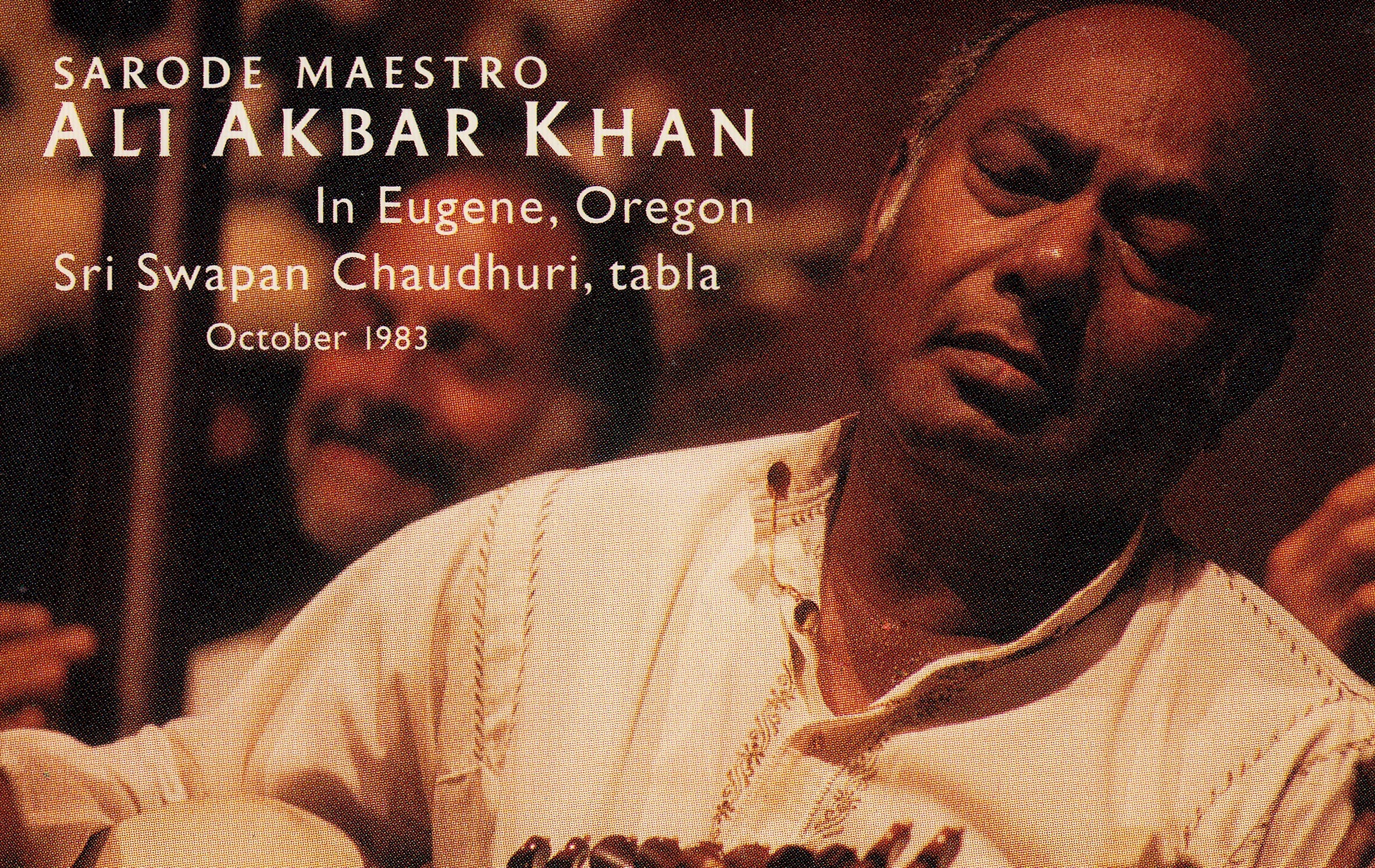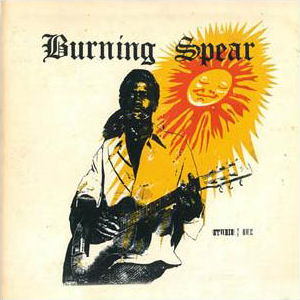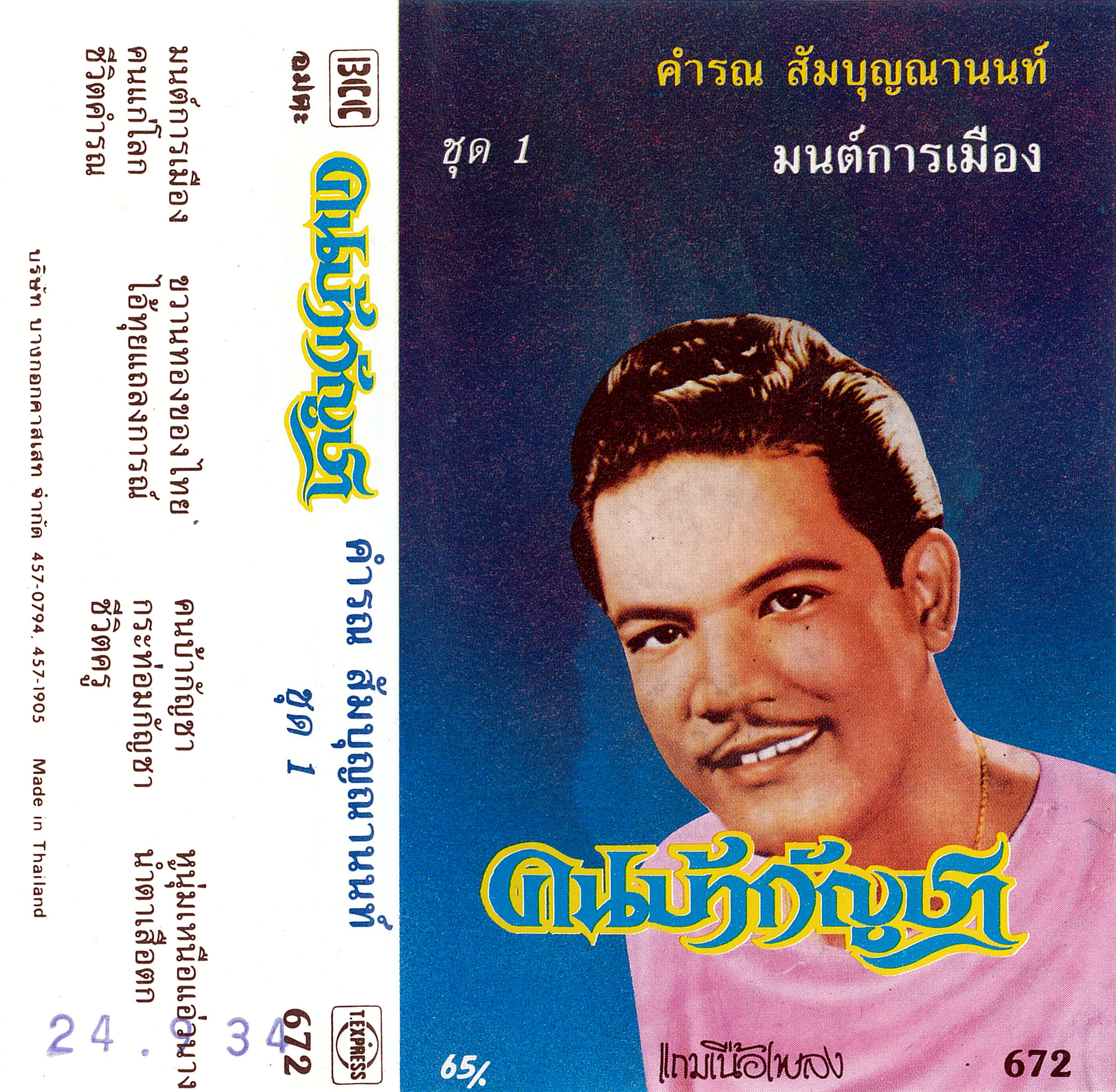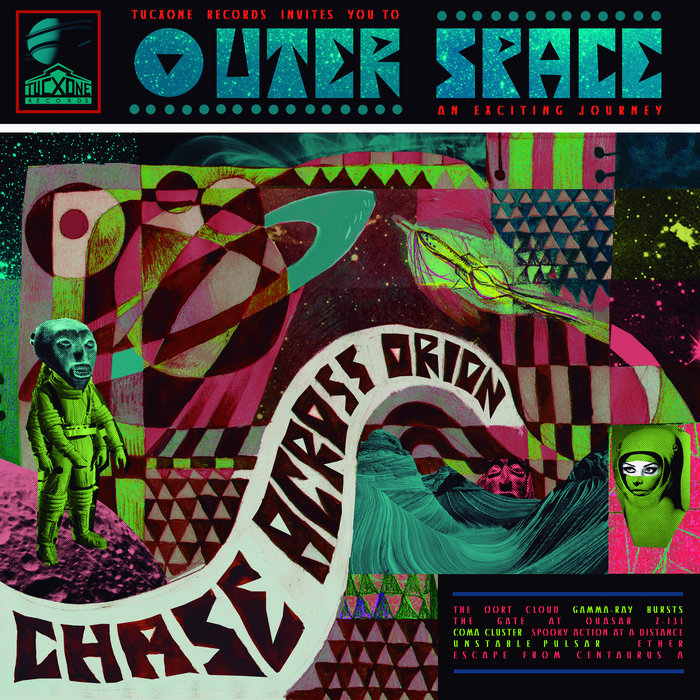Episode 47
Episode 47 originally posted on April 29, 2019.
Tracklisting:
01) “Ngaba” by Orchestre Bambala.
From the 1985 album Zaire: Musiques Urbaines à Kinshasa.
Kinshasa, Democratic Republic of the Congo.
“Way past rousing, this collection of works from bands in Kinshasa is a stunning roundup of amplified sansas and likembes, makeshift percussion items (sardine cans with springs strung across them, etc.), and backing accordions. The musicians all use makeshift amplification in their instruments for multiple reasons -- some to make sure the ritual messages in the music make it through to the ancestors properly, and some simply to compete with the sound of neighboring bands. Despite the reasons, the overdriven likembes are surprisingly likeable, even with the amazing level of feedback from the "quality" of their amps.”
Purchase the album at Amazon.
02) “Push Wood” by Jackie Opel.
From the 1970 album The Best Of Jackie Opel [Studio One].
Bridgetown, Barbados.
The Wikipedias tell us: “Born Dalton Sinclair Bishop in Chapman Lane, Bridgetown, Barbados on 27th August 1937, Jackie Opel was a popular singer who possessed a rich, powerful voice with a high octave range.. He was known as the "Jackie Wilson of Jamaica" and was also a gifted dancer.” Allmusic adds that Opel “moved to Kingston, Jamaica, in 1962, quickly joining the legendary Skatalites as an occasional vocalist and bass player.”
Purchase Opel’s music at Amazon.
03) “Nuru” by Culture Musical Club of Zanzibar.
From the 2006 album Shime!.
Zanzibar.
“Founded in 1958, the Culture Musical Club is Zanzibar's most prolific and successful taarab orchestra. The club performs widely at concerts in Zanzibar town, but also frequently travels overland with a fold-up stage and an electricity generator to bring its music to the rural areas.
They have released hundreds of songs on the local market and since 1988 have had six international CD releases. The group has been performing in Europe regularly since 1996, and in the past few years they have done shows in the US, Dominican Republic, Reunion and Japan.”
Purchase the album at Amazon.
04) “Night Rider” by Debashish Bhattacharya.
From the 2019 album Joy!Guru.
Kolkata, West Bengal, India.
The official website says:
“Indian Raga Music thrives on improvisation. No two performances by the same musician produce the same result. For a musician with substance, therefore, the sky is the limit. His improvisations within the framework of a Raga or within the limitations of the instrument he plays become a novel experience for himself as well as his listeners. Some go beyond Pandit Debashish Bhattacharya and open new horizons in the field of their work. Debashish Bhattacharya is one such most amazing music personalities of the world whose dynamism of artistry and creativity place him as a Genius.
Pandit Debashish BhattacharyaBlessed by the genes of his vocalist parents belonging to the My childhood - My Musicfamily of musicians for generations, Debashish carries music in his veins. His brother Subhasis is an exponent of Tabla and other rhythm instruments. Sutapa, his sister, is a very popular singer who during her first tour abroad has been popular in Japanese and Canadian festivals.”
05) “Monster a Go Go” by High Rise.
From the 1986 album High Rise II.
Nishitōkyō, Tokyo, Japan.
The Wikipedias tell us that: “High Rise was a noise rock band from Tokyo, Japan formed in 1982. The core of the band has consisted of bassist Asahito Nanjo and guitarist Munehiro Narita.[1] The group named themselves after the 1975 novel High Rise by J. G. Ballard. Their music draws from psychedelic music, free jazz, and improvisational music.”
Purchase High Rise music at Amazon.
Continue your music exploration of the world by visiting our interactive map. See where each featured hails from. We currently use Google Maps, which only lets us feature 10 episodes as a time, so view previous episode maps here. In the meantime, this week’s artists are highlighted by grey map-points. Enoy!


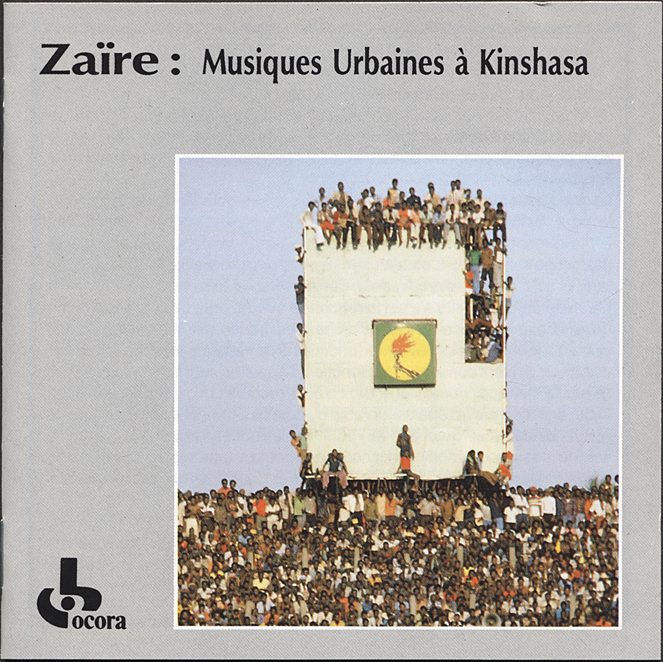
![02 ]The Best Of Jackie Opel [Studio One].jpg](https://images.squarespace-cdn.com/content/v1/5d275a9d176d030001f306ed/1565455051775-CW4ORAXRIHWMTAKODGMS/02+%5DThe+Best+Of+Jackie+Opel+%5BStudio+One%5D.jpg)
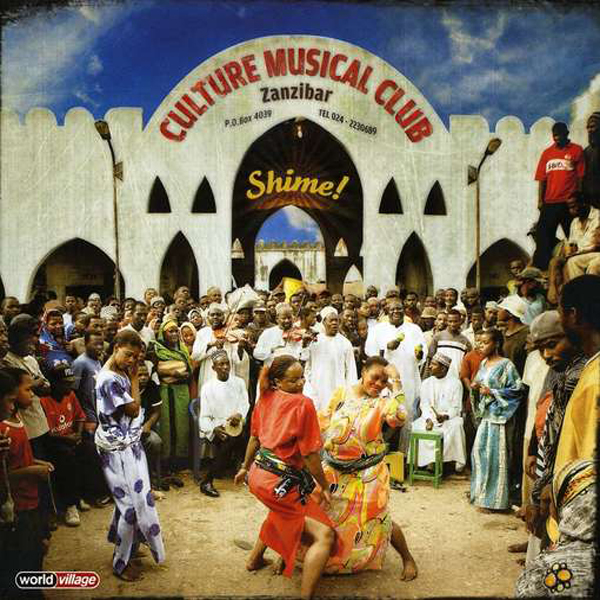

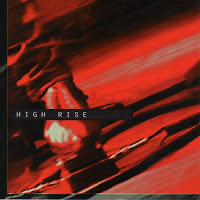

![02 ]The Best Of Jackie Opel [Studio One].jpg](https://images.squarespace-cdn.com/content/v1/5d275a9d176d030001f306ed/1565455109366-P7RSB0A8LW1VW1PMAECB/02+%5DThe+Best+Of+Jackie+Opel+%5BStudio+One%5D.jpg)






